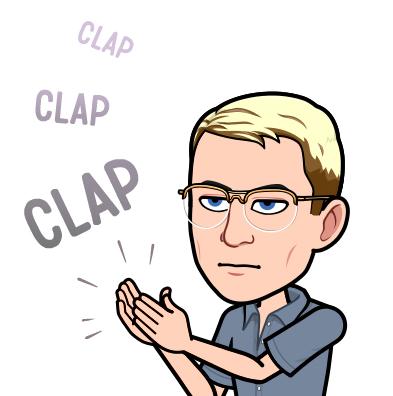The official explanation from the retail industry for the term “Black Friday” is that it’s the day when retail profits for the year go from red to black. Are you skeptical about this? You should be.
The term originated in Philadelphia in the 50s or earlier and wasn’t in common use in the rest of the country until decades later. And it did indeed refer to something unpleasant: the gigantic Army-Navy-post-Thanksgiving day crowds and traffic jams, which both retail workers and police officers dreaded. The retail industry originally loathed the term, and the whole “red to black” fairy tale was tacked on sometime in the 80s by an overcaffeinated flack trying to put lipstick on a pig that had gotten a little too embarrassing for America’s shopkeepers.
And now everyone believes it, which is a pretty good demonstration of the power of corporate PR. But now you know the real story behind Black Friday.
Working in mall retail in the early 2000s, everyone assumed it was Black Friday because the crowds made it horrible to work that day. I never heard the “red to black” line until this article
Yeah, I think that PR spin died after getting debunked so thoroughly, but I liked this article’s blast-from-the-past ‘need’ to set the record straight with lots of details.
Personally I hadn’t heard the red-to-black story debunked at all until reading this thread, so I appreciate the thorough clarification.
“merchants objecting to the use of a derisive term suggested an alternative derivation”
I grew up in the '80s and don’t really remember Black Friday being a thing until at least the late '90s, possibly later. The attempts to make it seem like it’s always been a thing are pure gaslighting. For my parents, it was Buy Nothing Day, as they saw no reason to break up a perfectly pleasant four-day weekend by doing shopping they could easily do a week later. But again, Black Friday wasn’t yet a thing, no huge sales, just people wanting to get away from extended family for the day at the mall.



